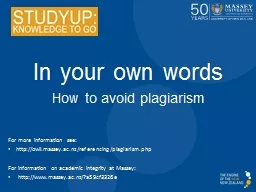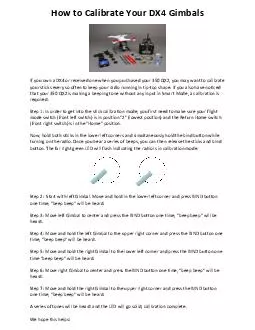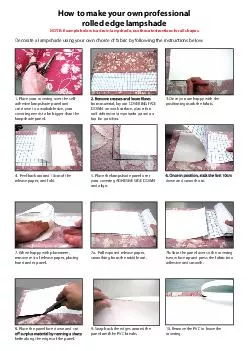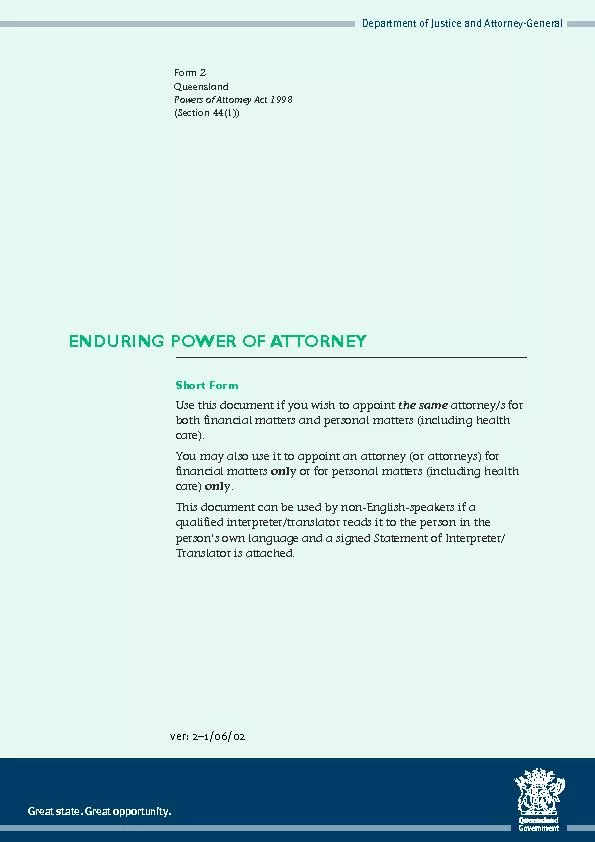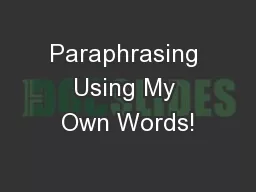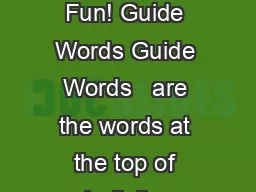PPT-In your own words
Author : sherrill-nordquist | Published Date : 2016-06-18
How to avoid plagiarism For more information see http owllmasseyacnzreferencingplagiarismphp For information on academic integrity at Massey http wwwmasseyacnza59cf3326e
Presentation Embed Code
Download Presentation
Download Presentation The PPT/PDF document "In your own words" is the property of its rightful owner. Permission is granted to download and print the materials on this website for personal, non-commercial use only, and to display it on your personal computer provided you do not modify the materials and that you retain all copyright notices contained in the materials. By downloading content from our website, you accept the terms of this agreement.
In your own words: Transcript
Download Rules Of Document
"In your own words"The content belongs to its owner. You may download and print it for personal use, without modification, and keep all copyright notices. By downloading, you agree to these terms.
Related Documents

